Flameback Angelfish ORA® Captive-Bred
$119.99
-
Select Variant
<span class="wordai-block rewrite-block enable-highlight active" data-id="4">The ORA® Captive-Bred Flameback Angefish Also called an African Pygmy Angelfish or Orangeback Angelfish is a striking contrast of orange-yellow and blue colors. While the body is predominantly blue, there's an extensive and vibrant orange yellow colors swatch running across the head from the back, all the way to the dorsal fin. The cta-id="9">audal fins are yellow and a bit transparent, which makes it distinct against its cousin, the Brazilian Flameback Angelfish (also known as the Fireball Angelfish - Centropyge aurantonotus).
The ORA® Captive-Bred Flameback Angefish requires a minimum 55 gallon tank, with plenty of hiding spots as well as live rock to graze.</span> lass="wordai-block rewrite-block enable-highlight" data-id="7">At times, the fish might nip at SPS and a few varieties of corals found in the aquarium for reef fish.
The diet of the Flameback Angelfish should include Spirulina and marine algae, premium angelfish products, mysis, frozen shrimp, and various other fleshy meals.
This ORA® Captive-Bred Angefish is unique in comparison to wild-harvested species. Captive-Bred angelfish are extremely durable and are more accustomed to the conditions in aquariums that are used in homes.</span> <span class="wordai-block rewrite-block enable-highlight" data-id="2">This makes them the perfect choice for newbies as well as experienced aquarists.
Approximate purchase size 1" or greater
- Description
- Additional Information
- Reviews
Flameback Angelfish ORA® Captive-Bred Overview
The Flameback Angelfish, also known as the African Pygmy Angelfish or Orangeback Angelfish, is a striking and resilient member of the Centropyge family. It stands out for its vivid blue body contrasted with a broad, bright orange to yellow band extending from the head to the tip of the dorsal fin. Its yellow, somewhat transparent caudal fin differentiates it from the Brazilian Flameback Angelfish. This species is among the smallest and hardiest of the Centropyge, making it a popular choice for reef tanks.Unique ORA® Captive-Bred Flameback Angelfish
This ORA® Captive-Bred Flameback Angelfish offers unique advantages compared to wild-harvested species:- Durability: Captive-bred angelfish are extremely durable and better adapted to aquarium conditions found in home setups.
- Acclimation: These fish adjust more quickly and thrive in controlled environments, making them a more resilient choice for home aquariums.
Flameback Angelfish Origin
Native to the reef systems of Africa, the Flameback Angelfish thrives in various environments, including:- Reef Systems: Prefers areas with abundant live rock for grazing.
- Tank Requirements: Needs a minimum of a 55-gallon tank with ample hiding spots.
Flameback Angelfish Care and Habitat
Proper care is essential for maintaining the health of your Flameback :- Tank Size: A minimum of 55 gallons.
- Habitat: Provide plenty of hiding places and live rock.
- Behavior: While generally peaceful, it may occasionally nip at SPS corals and certain polyp corals. It is not known for picking at clam mantles but should still be monitored.
Flameback Diet
The Flameback is omnivorous with a diverse diet:- Diet in the Wild: Consumes Spirulina algae, marine algae, and small invertebrates.
- In Captivity: Offer frozen mysis shrimp, Spirulina, and high-quality angelfish preparations. Supplement with meaty foods such as chopped shrimp.
Key Features
- Juvenile Coloration: The juvenile Flameback has a similar but less vibrant coloration compared to adults.
- Mature Coloration: Displays striking contrasts of blue with bright orange and yellow.
Purchase Sizes
- Small: 1/2" to 1"
- Medium: 1" to 2"
- Large: 2" to 3"
LINKS to follow:
size
Large, Medium, Small
Units
1
Weight
6 lbs
Dimensions
1 × 1 × 1 in

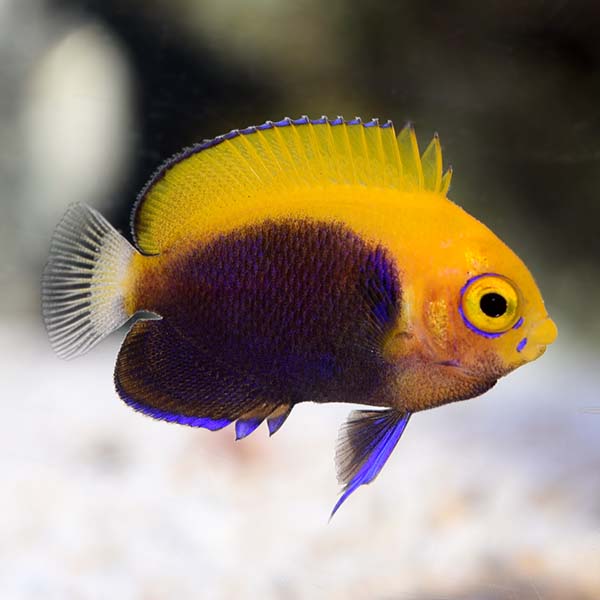
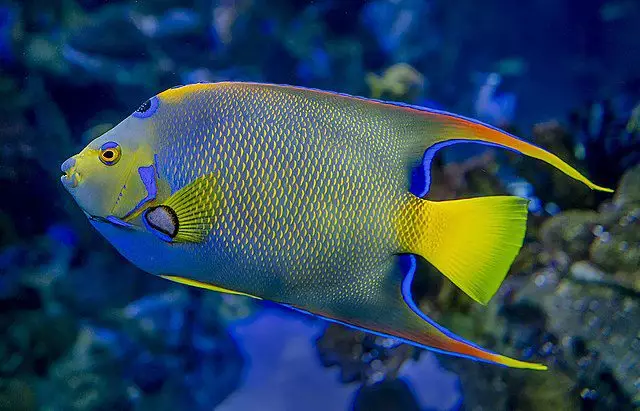
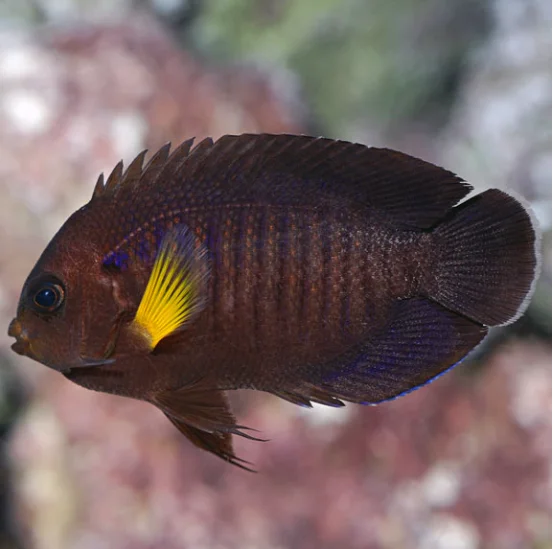
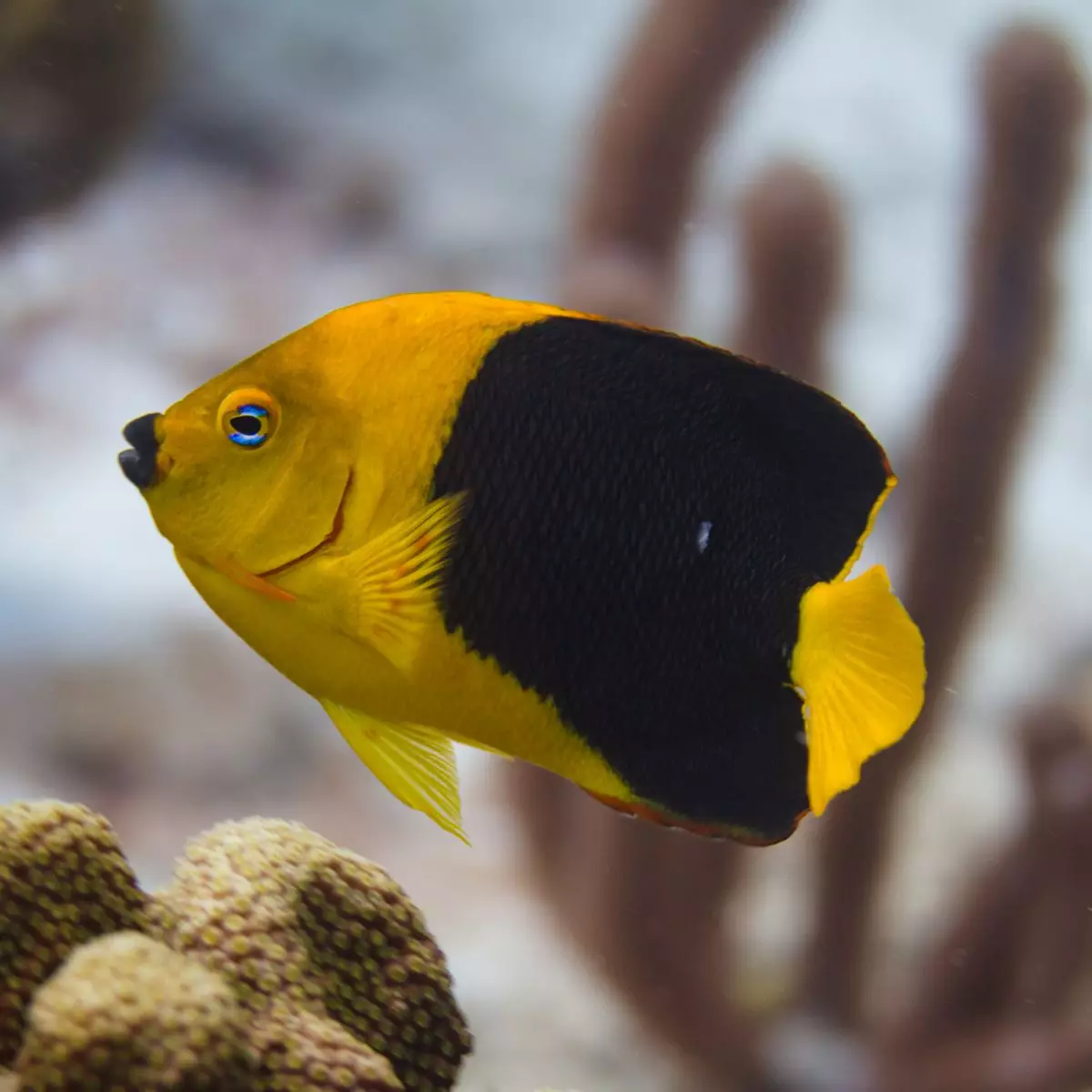
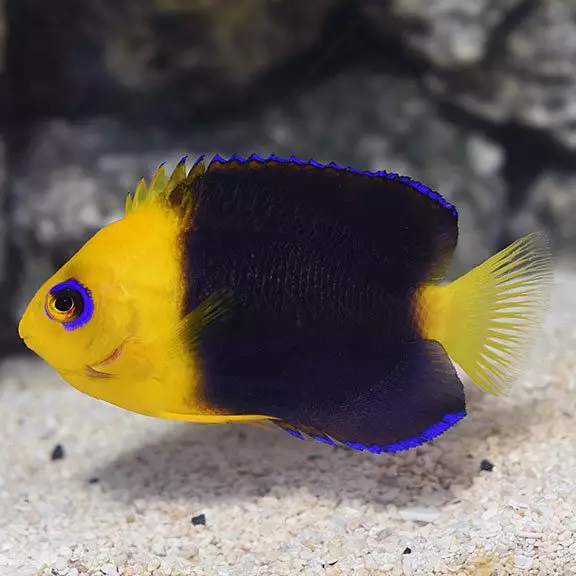
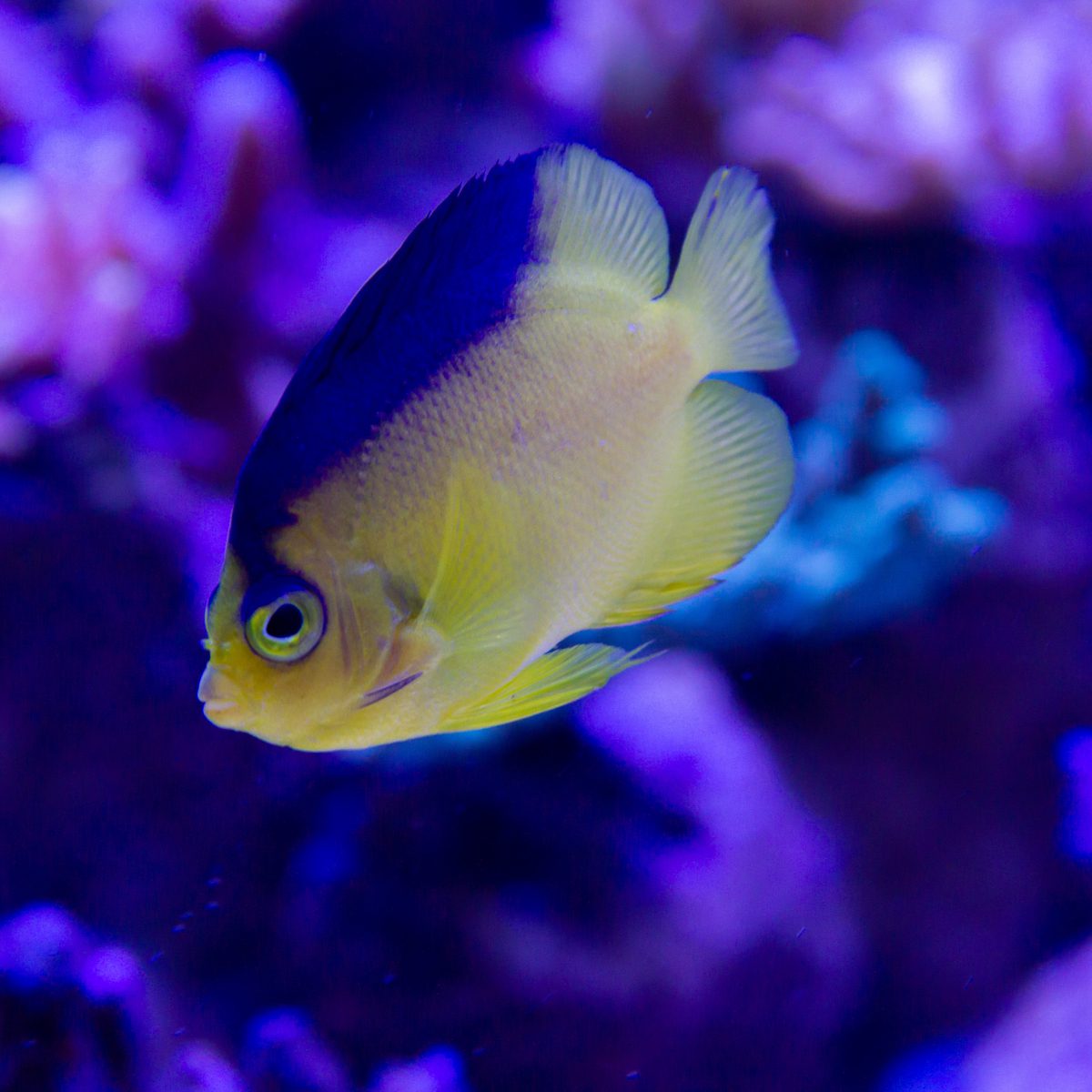
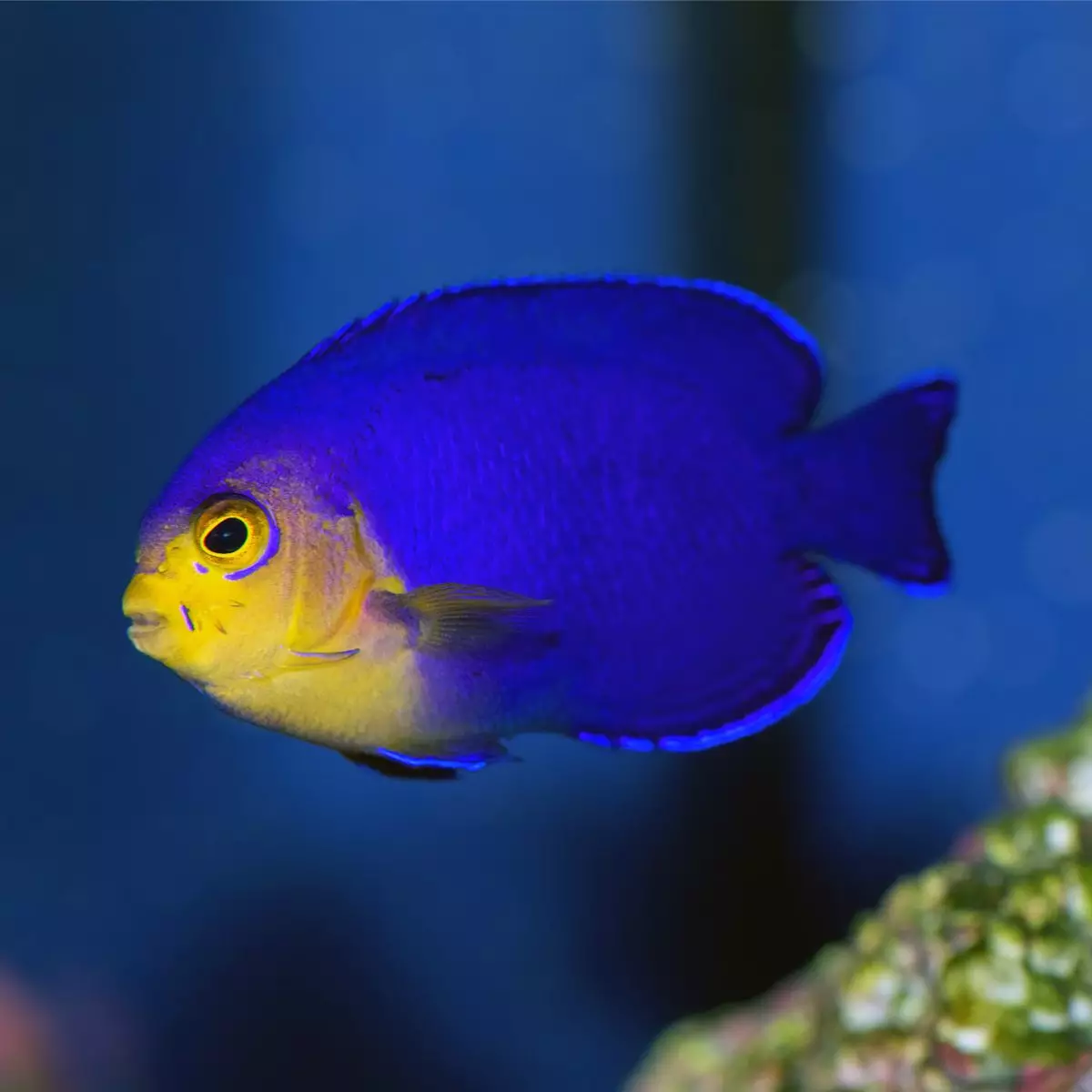
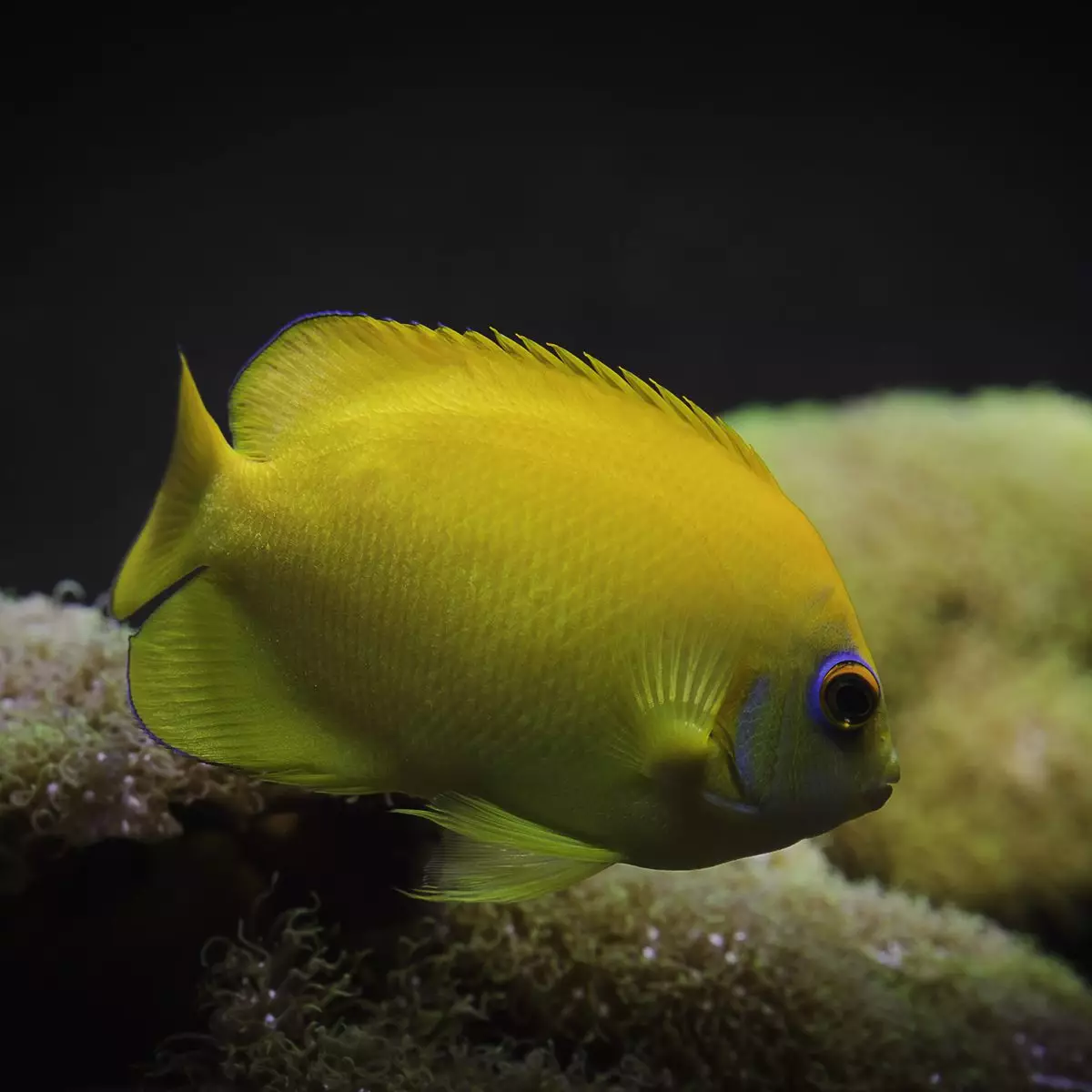
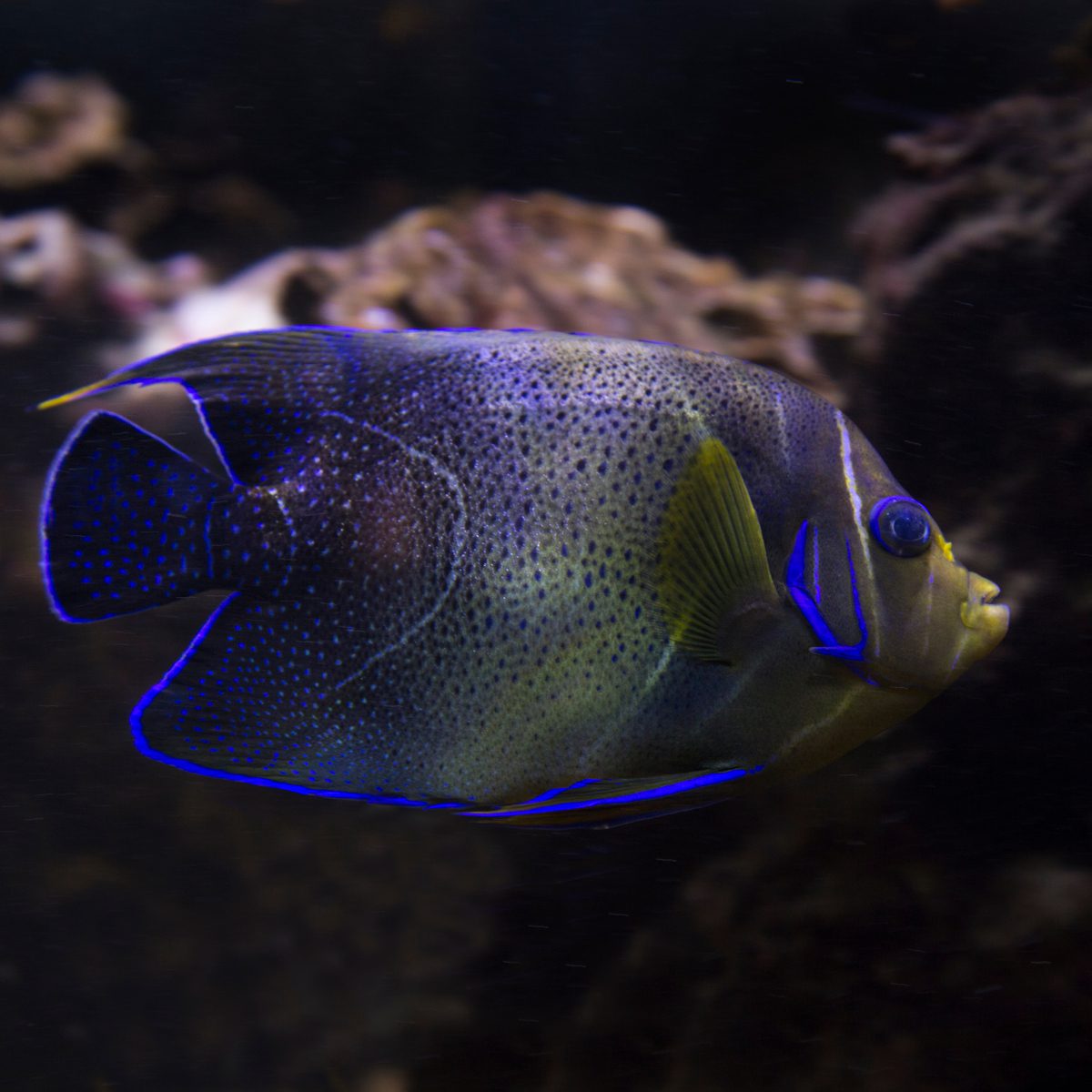

Reviews
There are no reviews yet.